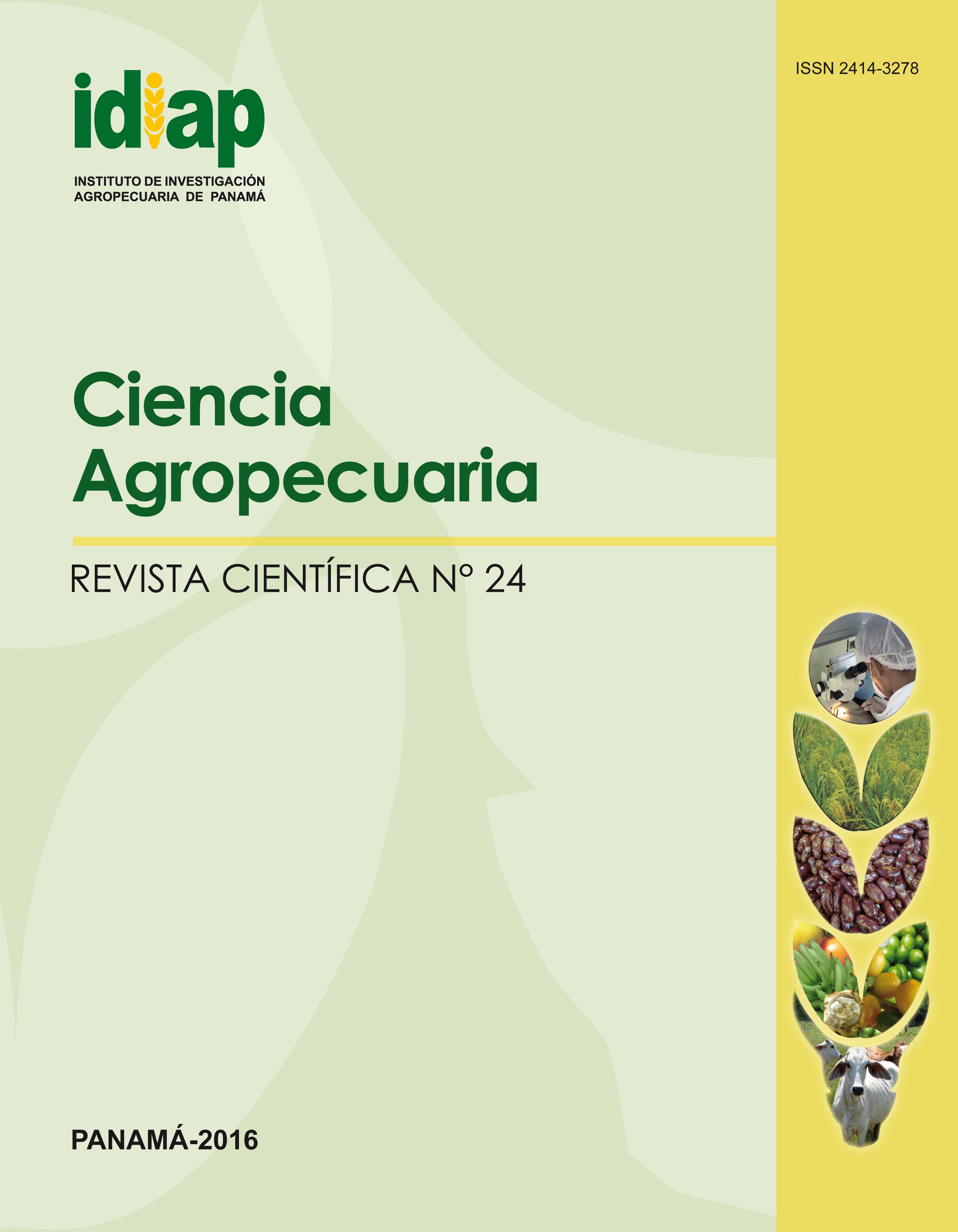LINES OF PINK KIDNEY BEANS BIOFORTIFIED PANAMÁ
Abstract
Sixteen populations of kidney beans were generated between creole parents and improved lines in Panamá, with high yield lines and micronutrient contents, the objective of this study was to evaluate and select the best pink beans lines. For F6 generation (2011) was used the selection index for the variable grain yields and infection level of web blight. For F7 (2012) generation an alpha lattice 7x7 experimental design with three repetitions was used, and the characterization of the lines was made for its content of Fe. To calculate the variances, it was used a REML analysis. It was done a participative selection with farmers, who chose lines by shape, color and size of grains. In a first and a second evaluation, line P-0229 showed to be more tolerant to web blight. The least significant difference to separate the means of yield was 0,591 t.ha-1. Iron content was analyzed for the 49 evaluated lines. Line P-09-11 showed the major Fe content with 88 ppm. The crossing of Velazco Largo by NUA 35 produced the highest yield lines and the crossing IDIAP R2 by NUA 35 showed the major tolerance to web blight.
Downloads
Esta obra está bajo una licencia de Creative Commons Reconocimiento-NoComercial-CompartirIgual 4.0 Internacional.





